Home>Gardening & Outdoor>Landscaping Ideas>What To Spray On Grass To Make It Green
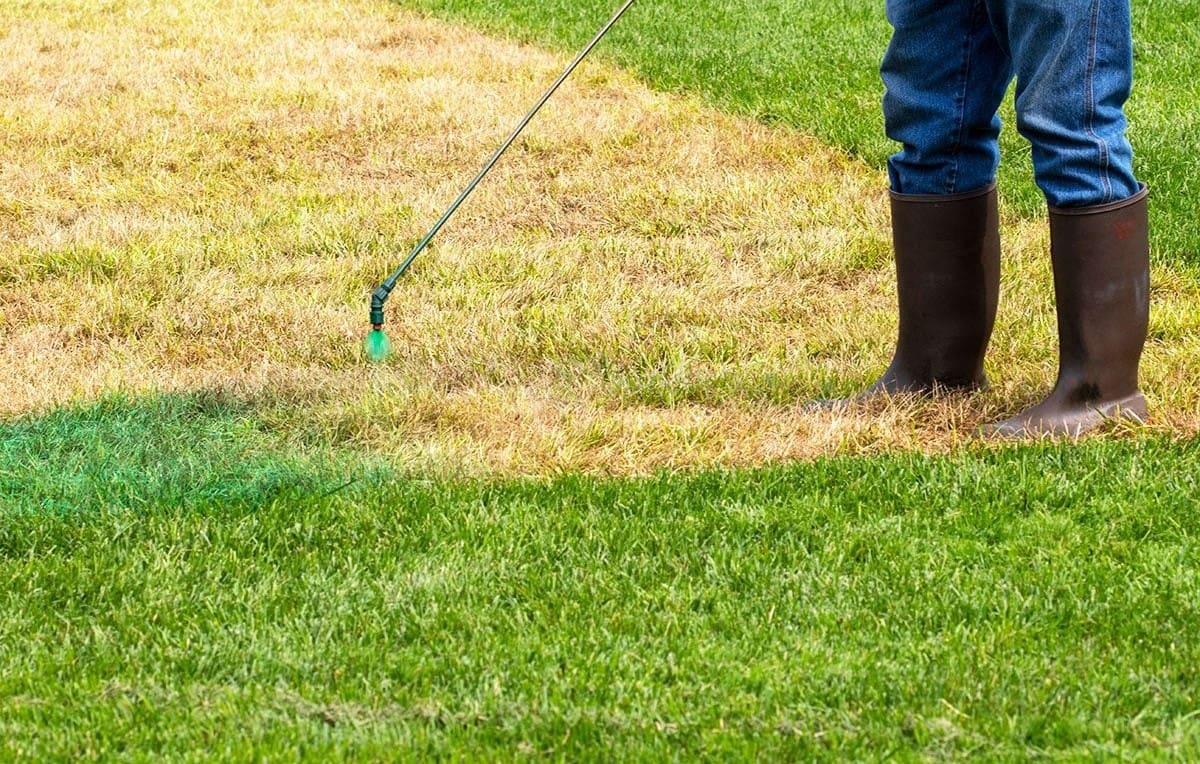

Landscaping Ideas
What To Spray On Grass To Make It Green
Modified: March 29, 2024
Discover effective landscaping ideas. Learn what to spray on grass to make it green and achieve a lush, vibrant lawn.
(Many of the links in this article redirect to a specific reviewed product. Your purchase of these products through affiliate links helps to generate commission for Storables.com, at no extra cost. Learn more)
Introduction
So, you've been gazing at your lawn, and something just doesn't seem right. The grass isn't as lush and green as you'd like it to be. Don't worry; you're not alone in this. Many homeowners find themselves pondering over the same issue. The good news is that there are various solutions to help your grass regain its vibrant green hue.
In this comprehensive guide, we'll delve into the world of grass care and explore the various methods and products that can help revitalize your lawn. Whether you're dealing with nutrient deficiencies, soil imbalances, or other factors affecting your grass's health, we've got you covered. By the end of this article, you'll be equipped with the knowledge to make your lawn the envy of the neighborhood.
Let's embark on this green adventure together and uncover the secrets to achieving a luscious, green lawn that will make you proud every time you step outside.
Key Takeaways:
- Choosing the right fertilizer is crucial for a lush, green lawn. Consider natural and synthetic options tailored to your grass’s specific needs and your environmental preferences.
- Addressing nutrient deficiencies and considering soil, watering, and mowing practices are key to a vibrant lawn. Explore eco-friendly organic methods or efficient synthetic solutions based on your lawn’s unique requirements.
Read more: What Is The Green Spray That Grows Grass
Understanding the Role of Nutrients in Grass Health
Grass, like all living organisms, requires essential nutrients to thrive. These nutrients play a pivotal role in maintaining the overall health and vibrancy of your lawn. Understanding the specific nutrients that contribute to grass health is crucial in addressing any deficiencies and promoting lush, green growth.
The primary nutrients essential for grass health are nitrogen (N), phosphorus (P), and potassium (K). Nitrogen is responsible for promoting vigorous leaf and stem growth, giving the grass its lush, green appearance. Phosphorus aids in root development and overall plant strength, while potassium contributes to disease resistance and drought tolerance.
In addition to these primary nutrients, secondary nutrients such as calcium, magnesium, and sulfur, as well as micronutrients like iron, manganese, and zinc, also play vital roles in supporting the overall health of the grass.
When your grass is lacking in these essential nutrients, it can exhibit signs of distress, such as yellowing, stunted growth, or increased susceptibility to diseases and pests. Identifying these symptoms can help pinpoint the specific nutrient deficiencies affecting your lawn.
By gaining a deeper understanding of the role of nutrients in grass health, you can take proactive steps to ensure that your lawn receives the necessary elements for optimal growth and resilience. In the following sections, we will explore common nutrient deficiencies in grass and the best strategies for addressing them to achieve a vibrant, green lawn.
Common Nutrient Deficiencies in Grass
Recognizing the signs of nutrient deficiencies in your grass is the first step toward remedying the issue and restoring your lawn to its full, green glory. Several common nutrient deficiencies can manifest in the appearance and health of your grass, each with its own distinct indicators.
Nitrogen Deficiency: One of the most prevalent deficiencies, nitrogen deficiency often presents as overall yellowing of the grass, especially in older leaves. The lawn may appear stunted and lack the lush, green color associated with healthy growth.
Phosphorus Deficiency: Grass suffering from phosphorus deficiency may exhibit a purplish tint on the leaves, along with slow growth and reduced root development. In severe cases, the grass may appear weak and struggle to recover from stressors such as mowing or foot traffic.
Potassium Deficiency: When potassium levels are insufficient, grass may display symptoms such as browning at the leaf tips and margins, as well as increased susceptibility to drought stress and disease. The overall vigor of the lawn may diminish, leading to lackluster growth.
Iron Deficiency: Iron deficiency often presents as interveinal chlorosis, where the areas between the leaf veins turn yellow while the veins remain green. This condition can give the grass a striped or mottled appearance, signaling the need for iron supplementation.
By closely observing the appearance and behavior of your grass, you can identify these common nutrient deficiencies and take targeted measures to address them. Choosing the right fertilizer and supplementing with specific nutrients can help rectify these issues and promote healthy, green growth in your lawn.
Next, we will explore the process of selecting the right fertilizer to address nutrient deficiencies and promote optimal grass health.
Choosing the Right Fertilizer for Your Grass
When it comes to revitalizing your lawn and addressing nutrient deficiencies, selecting the right fertilizer is paramount. Fertilizers are formulated to provide specific nutrients that can bolster the health and vibrancy of your grass, making it essential to choose a product tailored to your lawn’s needs.
Before purchasing a fertilizer, it’s crucial to conduct a soil test to determine the existing nutrient levels and identify any deficiencies. This information will guide you in selecting a fertilizer with the appropriate nutrient composition to address your lawn’s specific requirements.
When examining fertilizer labels, you’ll typically encounter three numbers representing the percentage of nitrogen, phosphorus, and potassium in the product, respectively. For example, a fertilizer labeled as 10-5-5 contains 10% nitrogen, 5% phosphorus, and 5% potassium. Understanding these ratios is essential in choosing the right fertilizer for your grass.
If your lawn is primarily lacking in nitrogen, a fertilizer with a higher nitrogen content, such as a 20-0-5 blend, may be suitable for promoting lush, green growth. Conversely, if phosphorus is the key deficiency, a fertilizer with a higher phosphorus percentage, such as 10-15-10, can aid in bolstering root development and overall plant strength.
For potassium deficiencies, a fertilizer with an elevated potassium content, such as 5-10-20, can help improve disease resistance and drought tolerance in your grass. Additionally, if your soil test reveals deficiencies in secondary nutrients or micronutrients, consider using a fertilizer specifically formulated to address these needs.
It’s important to apply fertilizers according to the manufacturer’s instructions, taking care not to over-apply, as this can lead to nutrient imbalances and potential harm to the grass. Utilizing a spreader can help ensure even distribution and prevent uneven growth patterns across your lawn.
By selecting the right fertilizer and applying it judiciously, you can effectively address nutrient deficiencies and promote the lush, green appearance of your grass. In the following sections, we will explore additional factors that can impact the health and vibrancy of your lawn, along with natural and synthetic options for greening your grass.
You can spray a liquid fertilizer with high nitrogen content to make your grass green. Look for a fertilizer with a high first number in the N-P-K ratio, such as 30-0-0. Follow the instructions on the label for application.
Other Factors Affecting Grass Health
While nutrient deficiencies play a significant role in the overall health of your grass, several other factors can impact its vibrancy and resilience. Understanding these factors is crucial in maintaining a lush, green lawn and addressing any underlying issues that may hinder optimal growth.
Soil pH and Composition: The pH level and composition of your soil can profoundly influence the health of your grass. Grasses typically thrive in slightly acidic soil, with a pH range of 6.0 to 7.0. Conducting a soil test can help determine the pH of your soil and identify any necessary amendments to optimize its composition for healthy grass growth.
Watering Practices: Proper watering is essential for maintaining grass health. Both under-watering and over-watering can negatively impact the grass, leading to stress, disease susceptibility, and nutrient leaching. Establishing a consistent watering schedule and ensuring adequate moisture levels can promote robust growth and vibrant green coloration in your lawn.
Mowing Techniques: The frequency and height of mowing can significantly impact the health and appearance of your grass. Mowing too short can stress the grass and impede its ability to photosynthesize effectively, while infrequent mowing can lead to overgrowth and a shaggy, unkempt appearance. Adhering to proper mowing practices can contribute to a healthier, greener lawn.
Thatch and Aeration: Excessive thatch, a layer of organic debris between the grass blades and soil, can impede nutrient uptake and water penetration, affecting grass health. Core aeration, which involves perforating the soil with small holes, can help alleviate thatch buildup and promote better air, water, and nutrient circulation within the soil.
Environmental Stressors: Environmental factors such as extreme temperatures, heavy foot traffic, and pest infestations can place stress on the grass, impacting its overall health and color. Implementing strategies to mitigate these stressors, such as providing shade during hot weather or addressing pest issues promptly, can contribute to a healthier, more vibrant lawn.
By considering these additional factors affecting grass health, you can take a holistic approach to lawn care, addressing various aspects that contribute to the overall vibrancy and resilience of your grass. In the following sections, we will explore natural and organic options, as well as synthetic methods, for greening your grass and promoting its optimal health.
Read more: What Is That Green Stuff They Spray On Grass
Natural and Organic Options for Greening Your Grass
For environmentally conscious homeowners or those seeking natural solutions to improve the vibrancy of their grass, several organic and eco-friendly options are available. These methods prioritize sustainable practices and minimize the use of synthetic chemicals, offering a holistic approach to lawn care.
Compost Application: Incorporating compost into your lawn can enrich the soil with essential nutrients and improve its overall structure. Compost provides a natural source of organic matter, enhancing the soil’s fertility and promoting healthy grass growth. Additionally, the microbial activity stimulated by compost can contribute to a vibrant, green lawn.
Organic Fertilizers: Utilizing organic fertilizers derived from natural sources such as bone meal, blood meal, and seaweed can provide your grass with essential nutrients without the use of synthetic chemicals. These products offer a sustainable approach to addressing nutrient deficiencies and promoting lush, green growth while minimizing environmental impact.
Natural Soil Amendments: Applying natural soil amendments, such as limestone for adjusting pH or gypsum for improving soil structure, can support the long-term health of your grass in an eco-friendly manner. These amendments aid in creating an optimal growing environment for the grass, contributing to its vibrancy and resilience.
Biological Soil Enhancers: Incorporating biological soil enhancers, such as mycorrhizal fungi and beneficial bacteria, can foster a healthy soil ecosystem that supports robust grass growth. These natural organisms form symbiotic relationships with the grass roots, enhancing nutrient uptake and overall plant health in a sustainable, eco-friendly manner.
Organic Weed and Pest Control: Implementing natural weed control methods, such as hand-pulling weeds or using organic herbicidal products, can help maintain a weed-free lawn without relying on synthetic chemicals. Similarly, employing eco-friendly pest control measures, such as introducing beneficial insects or using natural repellents, can safeguard the grass while minimizing environmental impact.
By embracing natural and organic options for greening your grass, you can prioritize sustainability and environmental stewardship while promoting the health and vibrancy of your lawn. These methods offer a holistic approach to lawn care, fostering a lush, green lawn through eco-friendly practices and natural solutions.
In the subsequent section, we will explore synthetic options for greening your grass, providing insights into alternative approaches that prioritize convenience and rapid results.
Synthetic Options for Greening Your Grass
For homeowners seeking efficient and rapid solutions to enhance the greenery of their grass, synthetic options offer convenient and effective methods for promoting lush, vibrant growth. These products and practices prioritize the use of synthetic compounds to address nutrient deficiencies and maintain the overall health and appearance of the lawn.
Synthetic Fertilizers: Synthetic fertilizers, formulated with concentrated nutrients in readily available forms, provide a quick and targeted approach to addressing specific deficiencies in the grass. These products offer precise control over nutrient levels and can deliver rapid greening effects, making them a popular choice for homeowners seeking immediate results.
Chemical Soil Amendments: Synthetic soil amendments, such as pH-adjusting agents and fast-acting nutrient supplements, offer expedited solutions for optimizing soil conditions and promoting robust grass growth. These products can swiftly rectify soil imbalances and deficiencies, facilitating rapid greening of the lawn.
Hybrid Seed Varieties: Hybrid grass seed varieties engineered for rapid establishment and vibrant coloration provide homeowners with synthetic options for achieving a lush, green lawn. These seeds are designed to exhibit enhanced growth characteristics and visual appeal, offering a synthetic approach to greening the grass through advanced genetics.
Synthetic Pest and Weed Control: Utilizing synthetic pesticides and herbicides can swiftly address pest infestations and weed proliferation, safeguarding the grass from potential damage and promoting a healthy, green appearance. These products offer targeted solutions for pest and weed management, ensuring the optimal health and visual appeal of the lawn.
Lawn Growth Regulators: Synthetic growth regulators can be applied to manage the growth and appearance of the grass, providing homeowners with a controlled approach to maintaining a uniform, lush lawn. These products offer convenience and precision in shaping the visual characteristics of the grass, contributing to its overall greenery.
While synthetic options provide rapid and effective solutions for greening the grass, it’s important to consider factors such as environmental impact and long-term sustainability when utilizing these products. Additionally, proper application and adherence to manufacturer guidelines are essential to ensure optimal results and minimize potential drawbacks.
By exploring both natural and synthetic options for greening your grass, homeowners can make informed decisions based on their preferences, priorities, and the specific needs of their lawn. In the concluding section, we will summarize the key insights and considerations discussed in this comprehensive guide, empowering you to take proactive steps in achieving a vibrant, green lawn that enhances the beauty of your outdoor space.
Conclusion
Embarking on the journey to achieve a lush, green lawn is a rewarding endeavor that requires a holistic understanding of grass health and the various methods to promote its vibrancy. By recognizing the pivotal role of essential nutrients in grass health and understanding the common deficiencies that can impact its appearance, homeowners can take proactive steps to revitalize their lawns.
Choosing the right fertilizer tailored to the specific needs of the grass, whether through natural and organic options or synthetic solutions, empowers homeowners to address nutrient deficiencies and promote optimal growth. Additionally, considering other factors affecting grass health, such as soil composition, watering practices, and environmental stressors, allows for a comprehensive approach to lawn care that fosters resilience and vibrancy.
For those prioritizing sustainability and natural solutions, organic methods such as compost application, organic fertilizers, and biological soil enhancers offer eco-friendly approaches to greening the grass while minimizing environmental impact. Conversely, synthetic options, including synthetic fertilizers, chemical soil amendments, and hybrid seed varieties, provide efficient and rapid solutions for achieving a lush, vibrant lawn.
Ultimately, the choice between natural and synthetic options for greening the grass is influenced by individual preferences, environmental considerations, and the specific needs of the lawn. By embracing a tailored approach that aligns with your values and priorities, you can embark on a green adventure that transforms your lawn into a source of pride and beauty.
As you navigate the realm of grass care and explore the diverse strategies for promoting a vibrant, green lawn, remember that each step you take contributes to the overall health and visual appeal of your outdoor space. Whether you opt for natural, organic methods that prioritize sustainability or synthetic options that offer rapid results, your commitment to nurturing your lawn will yield a lush, green oasis that enhances the tranquility and beauty of your home.
Armed with the insights and knowledge gained from this comprehensive guide, you are well-equipped to embark on your journey toward a vibrant, green lawn that beckons with its lushness and radiance, creating a welcoming outdoor haven for relaxation and enjoyment.
Frequently Asked Questions about What To Spray On Grass To Make It Green
Was this page helpful?
At Storables.com, we guarantee accurate and reliable information. Our content, validated by Expert Board Contributors, is crafted following stringent Editorial Policies. We're committed to providing you with well-researched, expert-backed insights for all your informational needs.
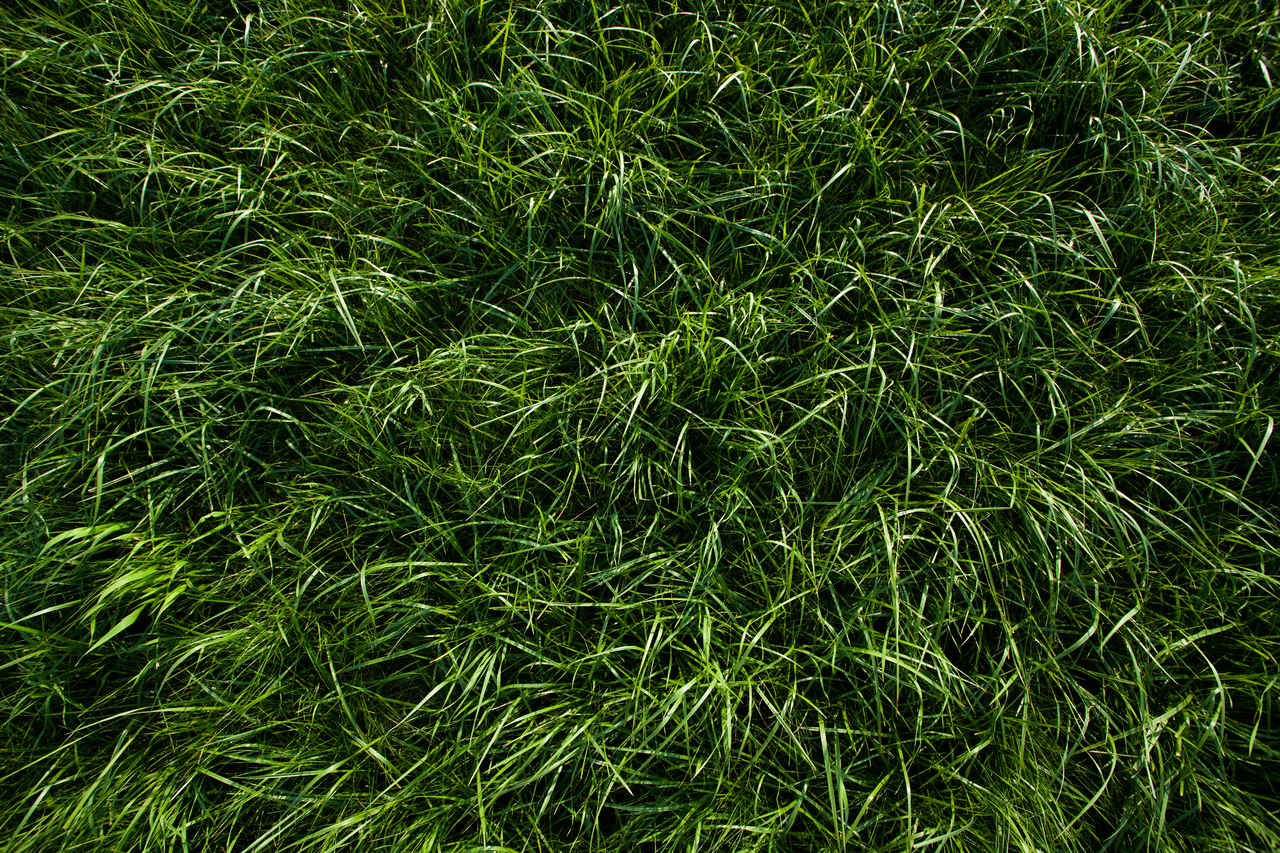
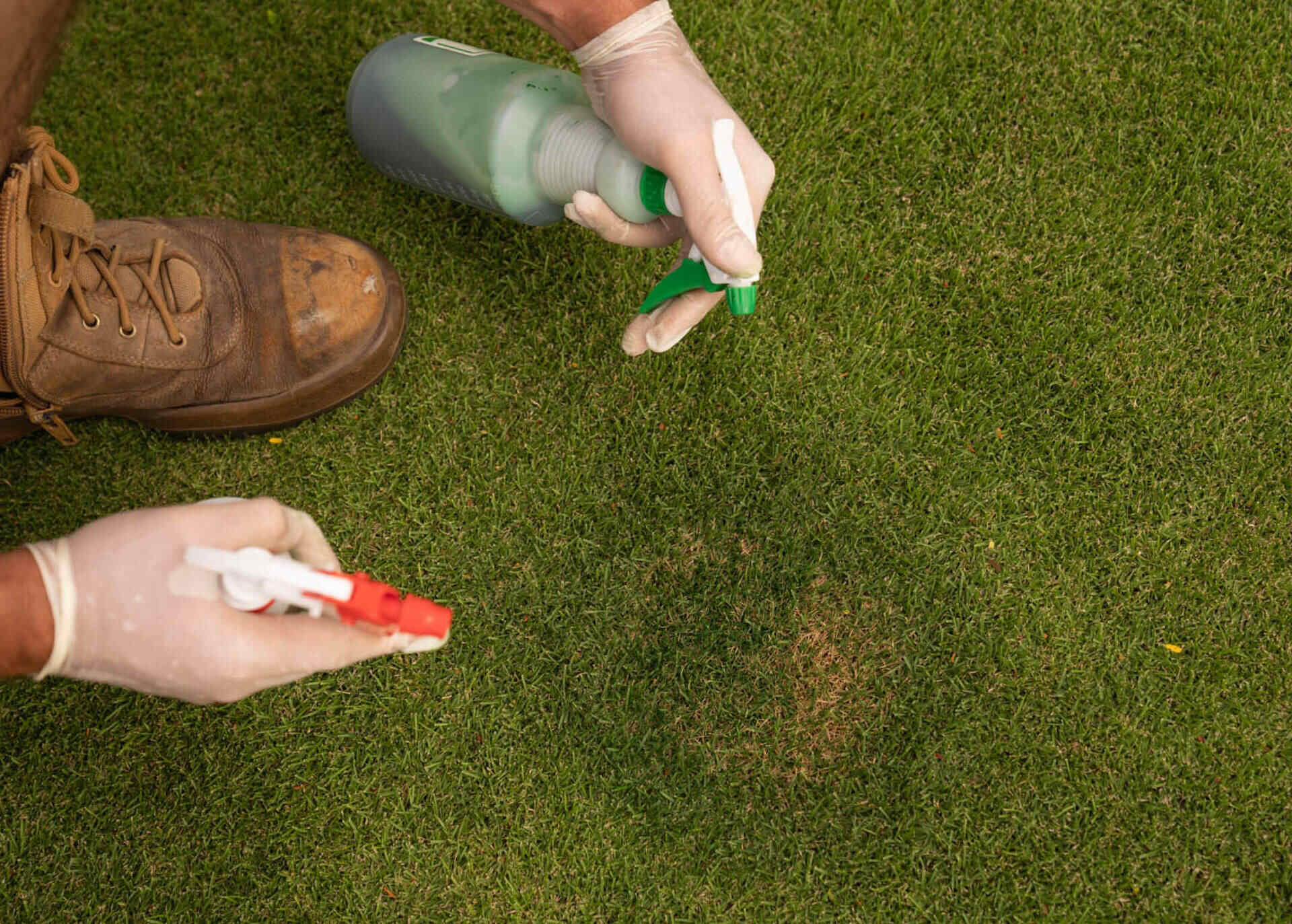

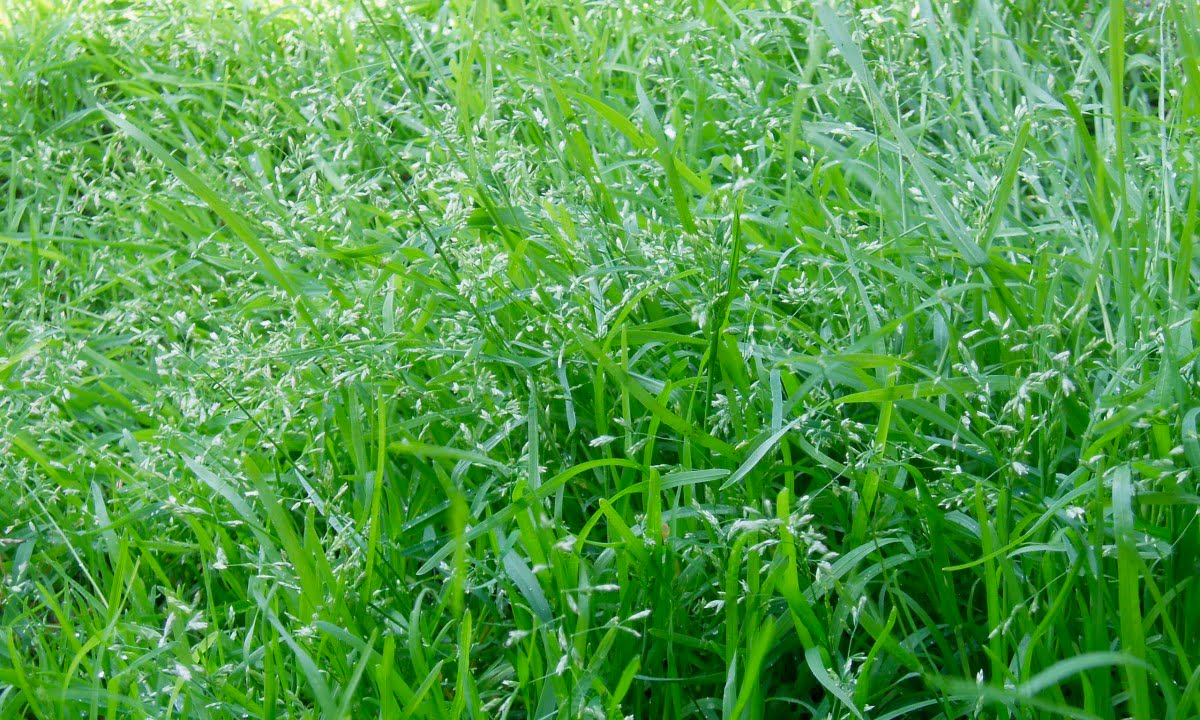
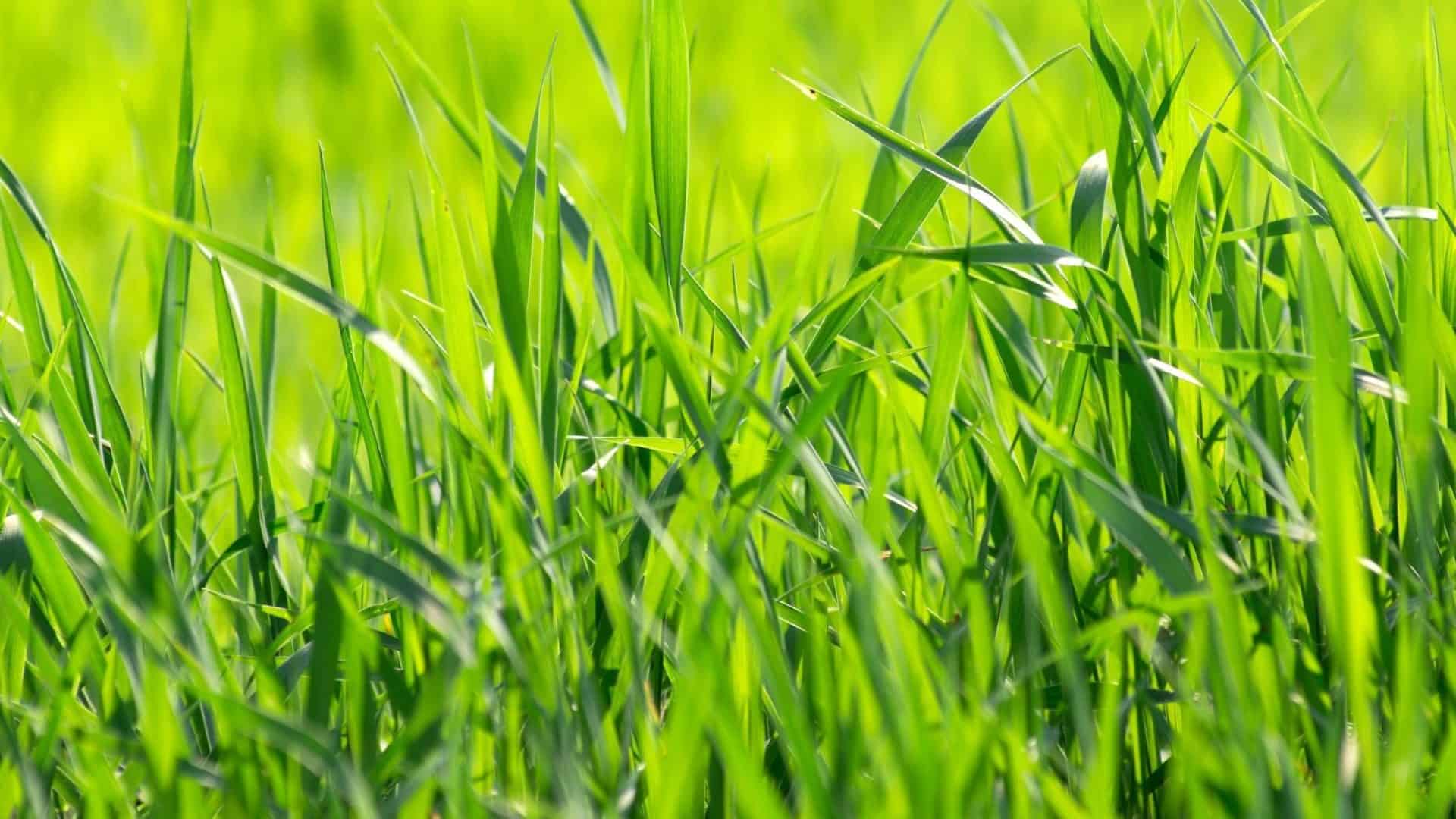
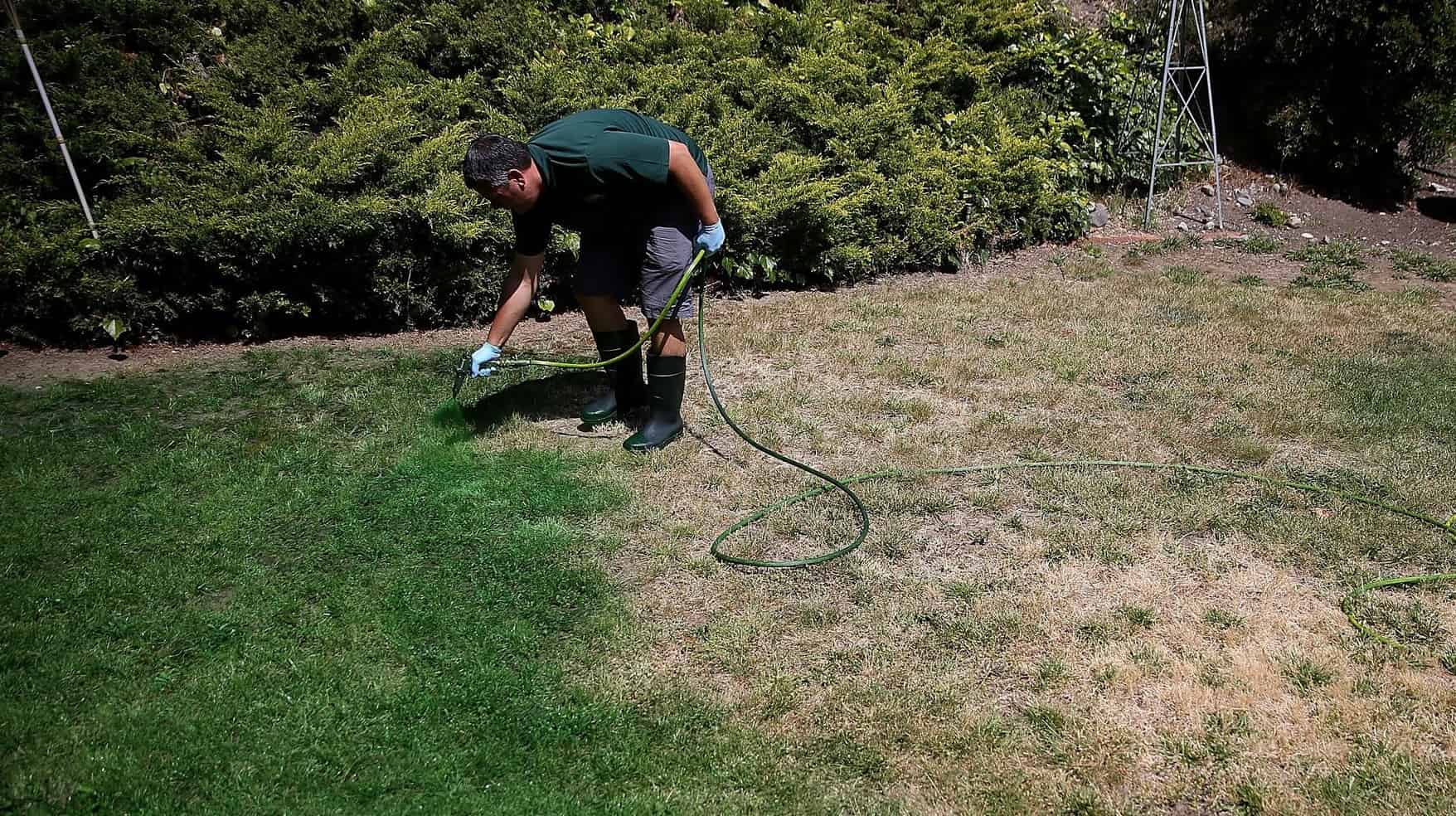
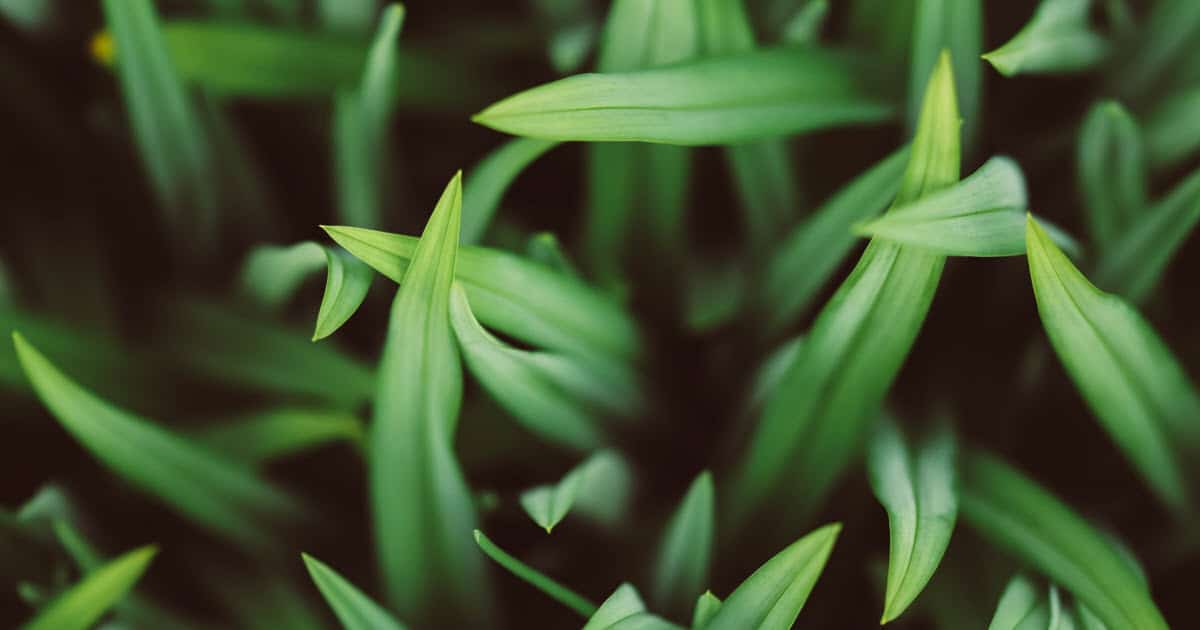


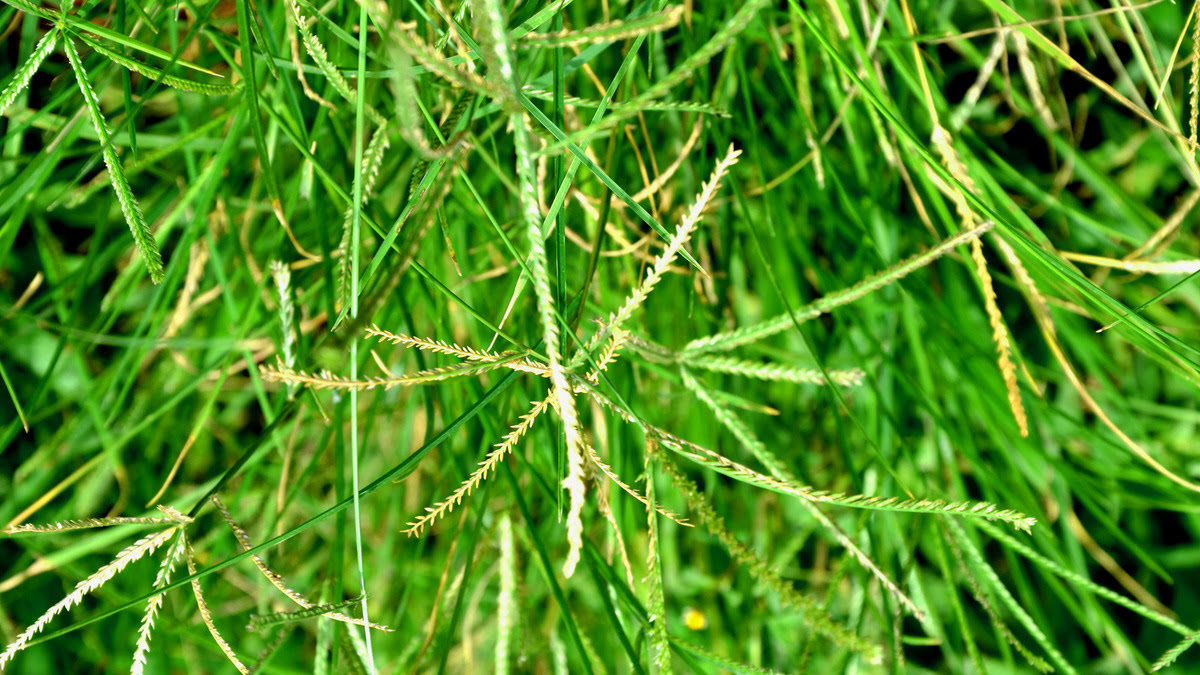



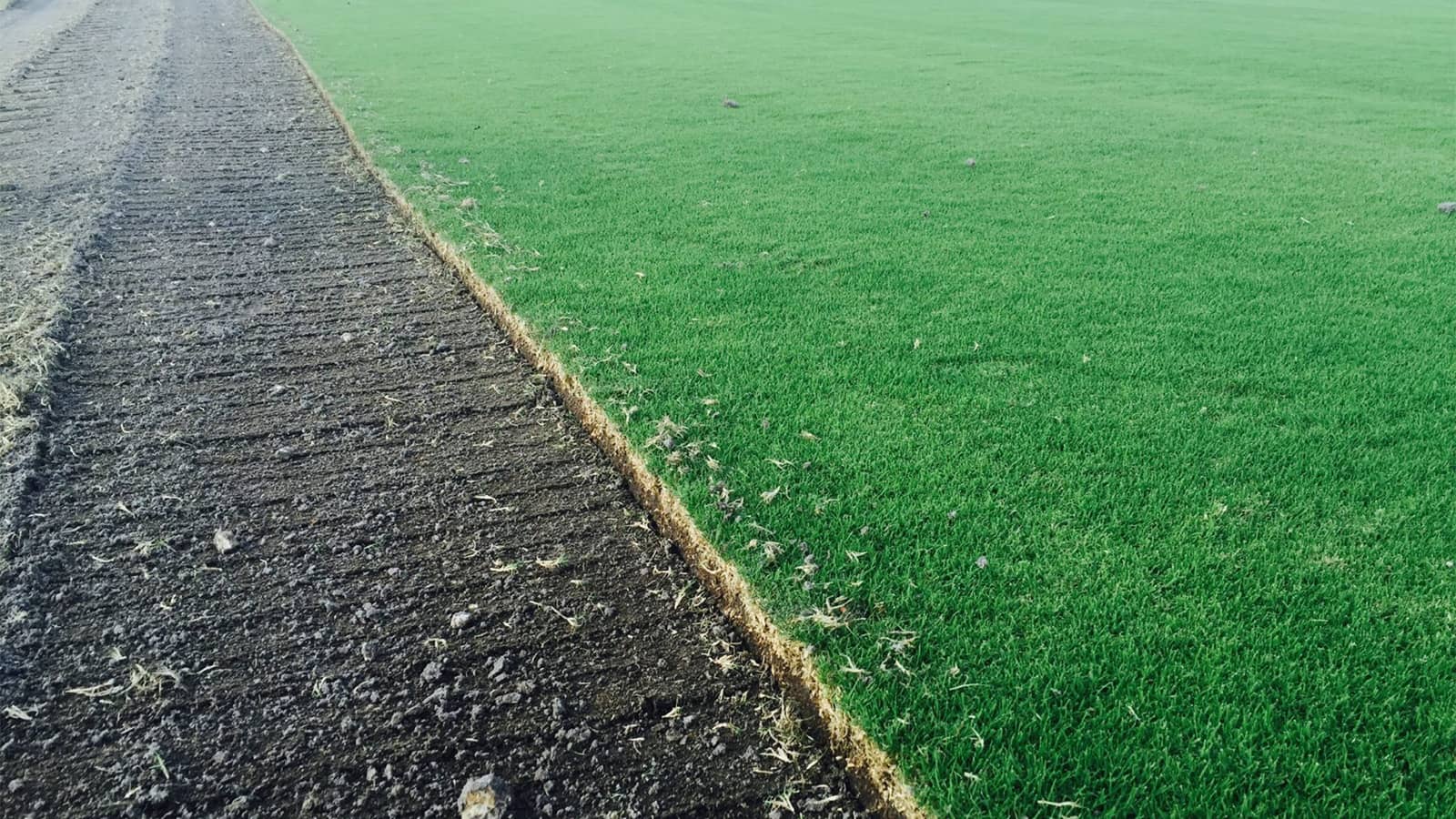

0 thoughts on “What To Spray On Grass To Make It Green”